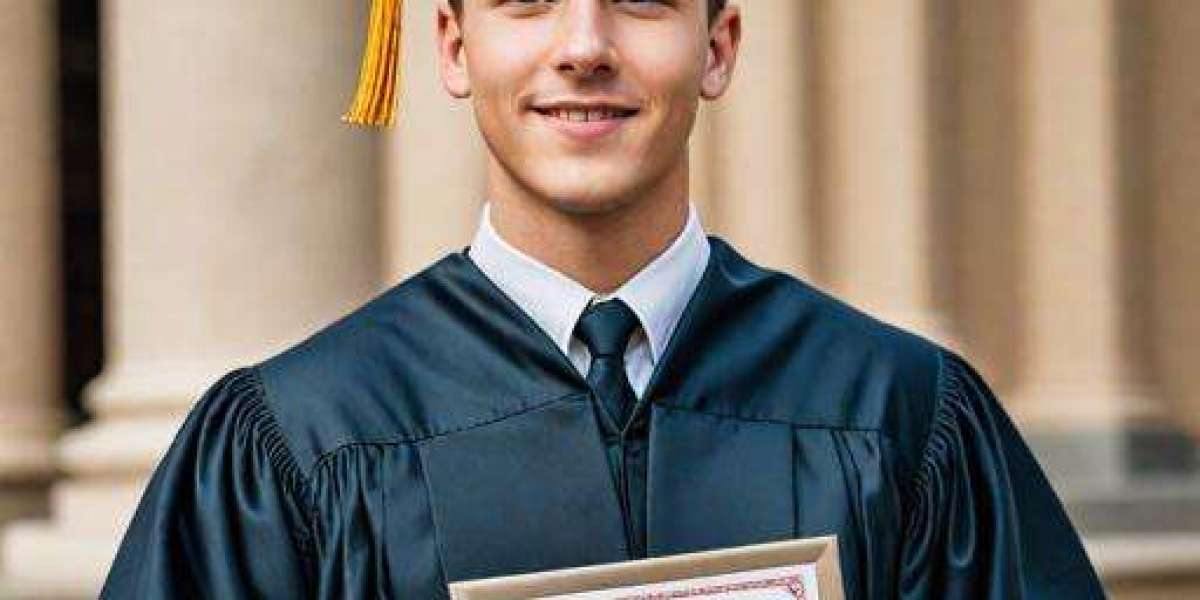In an increasingly digital world, smart pens have emerged as more than just tools for writing—they are catalysts for creativity and efficiency. By seamlessly integrating the tactile sensation of pen and paper with the power of digital technology, smart pen is revolutionizing the way we communicate, create, and collaborate.
Revolutionizing Creative Industries
Digital Artistry: Smart pens like the Wacom Bamboo Ink Plus and Apple Pencil are transforming digital artistry by offering precise control, pressure sensitivity, and a range of digital brushes. Artists can explore new techniques and create stunning illustrations directly on digital canvases, with the ability to undo, redo, and refine their work effortlessly.
Interactive Learning: In education, smart pens enhance interactive learning experiences. They allow educators to create dynamic lessons by annotating digital materials in real-time, providing instant feedback, and capturing students' handwritten notes for later review. This engagement fosters active participation and deeper understanding among learners.
Advancing Productivity in Professional Settings
Efficient Note-Taking: For professionals, smart pens streamline note-taking during meetings, conferences, and brainstorming sessions. The Livescribe Symphony, for instance, combines note-taking with audio recording, ensuring comprehensive documentation of discussions. Notes can be digitally stored, searched, and shared, eliminating the hassle of deciphering handwritten notes later.
Remote Collaboration: Smart pens facilitate seamless remote collaboration by allowing users to annotate documents, sketch ideas, and share real-time updates across digital platforms. This capability is invaluable for teams working across different locations or time zones, fostering productivity and teamwork.
Bridging Accessibility Gaps
- Support for Disabilities: Smart pens offer inclusive features that support individuals with disabilities. From voice-command capabilities to adaptive grips and text-to-speech functions, these pens empower users to overcome physical barriers and participate fully in digital and educational activities.
Improving Healthcare Documentation
Clinical Note-Taking: In healthcare settings, smart pens aid clinicians in documenting patient information accurately and efficiently. By converting handwritten notes into digital formats, such as electronic health records (EHRs), smart pens reduce the risk of errors associated with manual data entry. This streamlined approach enhances patient care by ensuring that medical histories, treatment plans, and diagnostic findings are easily accessible and comprehensible.
Research and Collaboration: Researchers and healthcare professionals use smart pens to annotate research papers, jot down observations during experiments, and collaborate on findings across different platforms. This digital integration accelerates the pace of medical research and improves communication among interdisciplinary teams, ultimately advancing healthcare innovation and patient outcomes.
Conclusion: Embracing Innovation
Smart pens represent a convergence of tradition and innovation, preserving the familiarity of handwriting while unlocking the potential of digital workflows. Whether enhancing creativity in art, improving efficiency in business, or promoting inclusivity in education, these devices are reshaping the way we interact with information and each other.
As technology continues to evolve, digital pens are poised to play an integral role in shaping the future of writing, creativity, and collaboration. Embrace the possibilities of smart pens and discover how they can enrich your personal and professional endeavors in this digital age.







